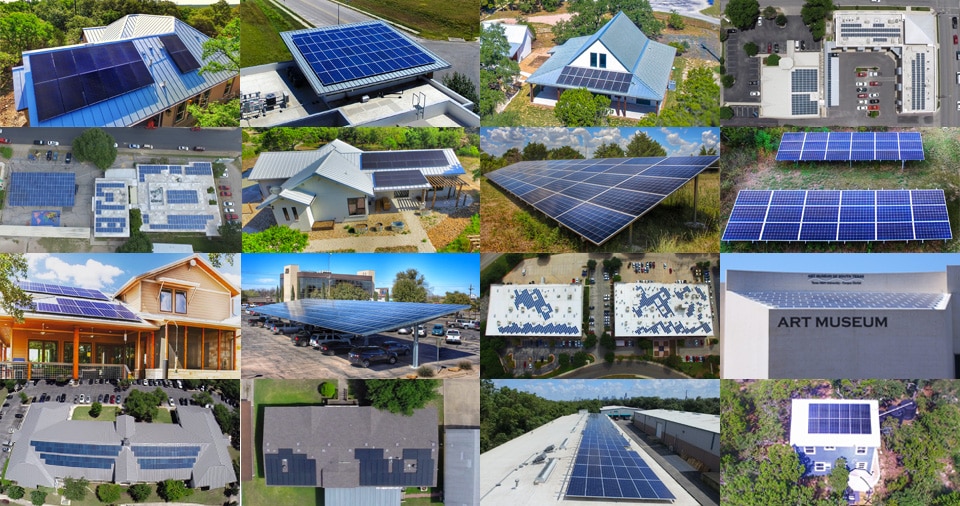
What does it take to be an Electrician's Helper? In this article you will learn about the qualifications, the Job description, and the Employment outlook. No matter whether you're just graduating from high school, seeking a new career path, or simply looking to change your surroundings, there are many things that you need to think about before making a career move. Learn more. Here are some key benefits to becoming an Electrician’s Helper.
Qualifications
An electrician's helper is responsible to take instruction from a master or a journeyman electrician and to complete electrical projects. They must be able to pass the CAST qualification test and have a high-school diploma or GED. Apprentices will also require a commercial driver’s license with endorsement for hazardous material and a tanker licence. Apprentices will also need to undergo a physical in order to be certified by the DOT. Apprentices typically get paid while they learn the skills required to do the job.
Those who qualify for the Electrical Helper certificate program will learn the fundamentals necessary for an entry-level position in the electrical industry. They will have a good understanding of electrical theory, safe practices and how to read blueprints. They will also learn how electrical test equipment works and reference the National Electrical Code Book. They will be capable of safely working on different types of electric systems, including residential, commercial, and industrial. Aside from basic electrical repairs, they can also install and maintain electrical systems.

Job description
An electrician's assistant is part of an electrical team and will perform various tasks, including running the wiring and installing power. They will assist with the positioning of equipment, as well as holding materials and tools. The helper can also use hand tools for measuring wires and attaching them to terminals. Conduit workers may also be responsible of constructing support brackets as well as threading the ends.
The job description for an electricians helper is extensive and varies widely, but generally includes working with a variety of electrical equipment, including circuit breakers and wiring. As the work can be very technical, helpers need to be knowledgeable about electrical terminology and safety protocols. They should also know how to inspect equipment and tools before being used. As helpers are usually responsible for the safety of electrical operations, they must have a good understanding of the industry and be able to manage their time well.
Salary
An electrician's aider is a worker of low skill who helps the electrician with basic repairs and installations. They are required to follow written or verbal instructions from a senior or licensed electrician. Their duties include holding tools, testing electrical systems, and installing lighting fixtures and circuit breakers. They are usually supervised, and they must wear protective equipment and follow job-specific safety protocols. An electrician helper job usually requires a high-school diploma.
A salary for an Electrician Helper will vary from one employer to the next. Salary data is anonymously collected from employees and is based on a variety of factors. The average salary depends on where you live, your education, and your experience. Electrician Helper salaries are not available and may change at any moment. The following information will help to explain how much an Electrician Aider can make.

Perspectives on employment
According to the Bureau of Labor Statistics the growth in employment of electricians helpser is 10.5%, faster than the national median. According to BLS data this occupation will offer around 11,500 jobs per year. Arizona, Colorado, Utah, and New Hampshire have the highest expected growth rates. North Dakota is predicted to suffer the most. The average salary for an electrician's helper is $43,119.
FAQ
What are the payment terms for the service/contractor I am required to pay?
The type of service is dependent on how much you pay. If you hire a contractor for a roof installation, payments would be made as soon as the work is completed. In contrast, if you buy a product from a supplier, such as a kitchen range cooker, you might only pay after receiving and testing the item.
What documents should I bring when I apply for building permission?
You will also need to show proof of your SCA.
-
Visitors can park in the ample parking lot.
-
They are also suitable for those who need to access them.
-
Any utilities are accessible; and
-
All works must be in compliance with all applicable planning regulations.
Are there additional considerations I need to make?
Yes - check your local laws regarding the types of projects you can undertake and the conditions you need to meet. You may need to obtain approval from the local council before you can build in some states. Others state that you need only notify them of the plans. Find out the position of your local authorities on this matter by checking with them.
Where can I find out more about building permits
You can contact your local government authority, such as the NSW Local Government Association, or your local realty agent. They should be available to help you determine the right steps to take to get building permission.
Statistics
- While we offer all our high-quality services at competitive prices, we know that many who need our services are on fixed incomes, so we offer a 10 percent discount for seniors and military members. (homeservicecontractorsinc.com)
- (d) Contractor disputes related to compliance with its obligation shall be handled according to the rules, regulations, and relevant orders of the Secretary of Labor (see 41 CFR60-1.1). (acquisition.gov)
- (v) Place or places of performance of the prime contract and first-tier subcontracts estimated at $10 million or more, if known. (acquisition.gov)
- Depending on the client's trustworthiness and financial stability, a deposit is usually 10 to 50% of the total contract amount. (lawdepot.com)
- (3) The contracting officer may provide for a contract price adjustment based solely on a percentage rate determined by the contracting officer using a published economic indicator incorporated into the solicitation and resulting contract. (acquisition.gov)
External Links
How To
What should a service agreement include?
An SA is a key component of any business relationship. It describes what you expect of each other and how to achieve it. The SA also defines when and where you expect the other party to deliver on its contractual obligations.
The following are key elements for a successful SA
-
Both parties agree on the scope of work and the services they require.
-
Details about the payment terms.
-
An agreed price for the project.
-
Additional costs, such as VAT, etc.
-
If there are any other issues that need to be addressed.
-
Who will take care of the job if it goes wrong?
-
How disputes can be resolved
-
What happens if a party breaches the contract.
-
What happens in the event of a dispute.
-
When does the contract go into effect?
-
What happens if one of the parties fails to perform.
-
How long do you have to pay invoices?
-
Who pays for expenses such as travel?
-
Where the money comes from.
-
What happens when the client has a change of mind?
-
What happens if the supplier doesn't turn up.
-
Who is allowed to access the site during construction
-
What happens if the client cancels the project?
-
What happens when the product is defective?
-
What happens if a manufacturer refuses to provide parts?
-
What happens if the equipment is damaged?
-
What happens if the project is delayed?
-
What happens if the work isn't completed within the agreed timescale?
-
What happens if the quality of the finished project falls below expectations?
-
What happens when the cost is too high?
-
What happens if the materials aren't delivered on time.
-
What happens if the material arrives damaged.
-
What happens if the products aren't up to standard?
-
What happens if the job has to be canceled?
-
What happens if the company goes bust.